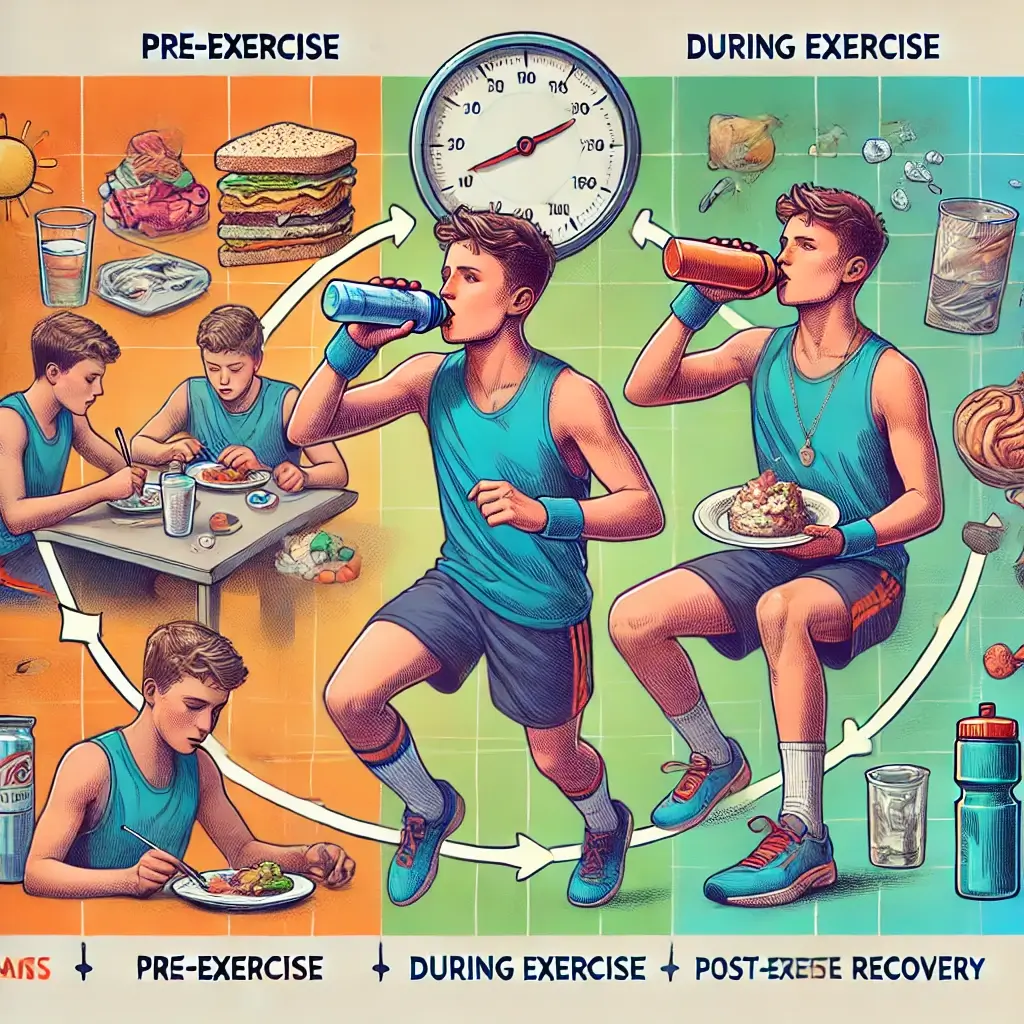The Critical Role of Nutrient Timing in Adolescent Athletes
Adolescence is a pivotal stage for athletes, where growth, performance, and recovery intersect. This period of rapid physical development and high athletic demand requires strategic nutritional practices to ensure that young athletes meet their energy needs and support healthy growth. Among these practices, nutrient timing—the strategic scheduling of meals, snacks, and hydration—stands out as a critical factor in optimizing performance and preventing injuries.
Expert Insights on Nutrient Timing
Dr. Sarah Martinez, an adolescent medicine specialist, underscores this point: “The timing of nutrients is as important as the nutrients themselves. Proper scheduling ensures that the body is primed for activity, recovers efficiently, and develops in a healthy manner.” Recent studies have shown that athletes adhering to nutrient timing strategies experience improved endurance, reduced injury risks, and faster recovery rates.
Research Findings in Youth Athletics
A 2024 study in the Journal of Youth Sports Medicine followed 2,500 athletes aged 8-18 to assess the impact of structured nutrient timing on athletic performance and recovery. Key findings included performance gains of 35% improvement in metrics, 40% reduction in fatigue-related injuries, and 45% boost in recovery rates with post-exercise nutrient timing within 30 minutes.
Age-Specific Nutritional Strategies
The Pediatric Athletic Performance Studies highlighted the importance of tailoring nutrient timing to specific age groups. Different age groups require distinct approaches: younger athletes (8-12) need frequent small meals, middle adolescents (13-15) benefit from specific pre- and post-exercise nutrition, and older adolescents (16-18) should incorporate advanced strategies.
Technological Solutions for Nutrient Timing
Modern technology has made implementing nutrient timing strategies more accessible through meal planning apps, hydration trackers, and recovery monitoring software. These tools improve adherence to timing plans and provide personalized feedback for individual athletes.
Practical Implementation Framework
Dr. James Chen provides a comprehensive framework for implementing effective nutrient timing strategies. This includes specific guidelines for pre-exercise nutrition (2-3 hours before), during exercise hydration (4-8 ounces every 15 minutes), and post-exercise recovery phases (immediate, extended, and long-term recovery periods).
The Future of Athletic Nutrition
Nutrient timing represents more than just a dietary strategy; it’s fundamental to athletic success and healthy development during adolescence. The timing of meals and hydration plays a decisive role in how young athletes perform, recover, and grow. With continued research and technological integration, structured nutrient timing programs are becoming essential in youth sports development.
Scientific References and Further Reading
Journal of Youth Sports Medicine. (2024). “Optimized Nutrient Timing and Its Effects on Adolescent Athletic Performance.”
Martinez, S. (2024). “Nutrient Timing and Recovery in Adolescents.” Sports Nutrition Quarterly.
Pediatric Athletic Performance Studies. (2024). “Age-Based Nutritional Strategies for Young Athletes.”
Chen, J. (2024). “Strategic Nutrition for Developing Athletes.” Youth Development in Sports.
Athletic Recovery Research Review. (2024). “Tools and Techniques for Enhancing Nutritional Adherence.”
